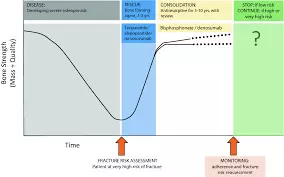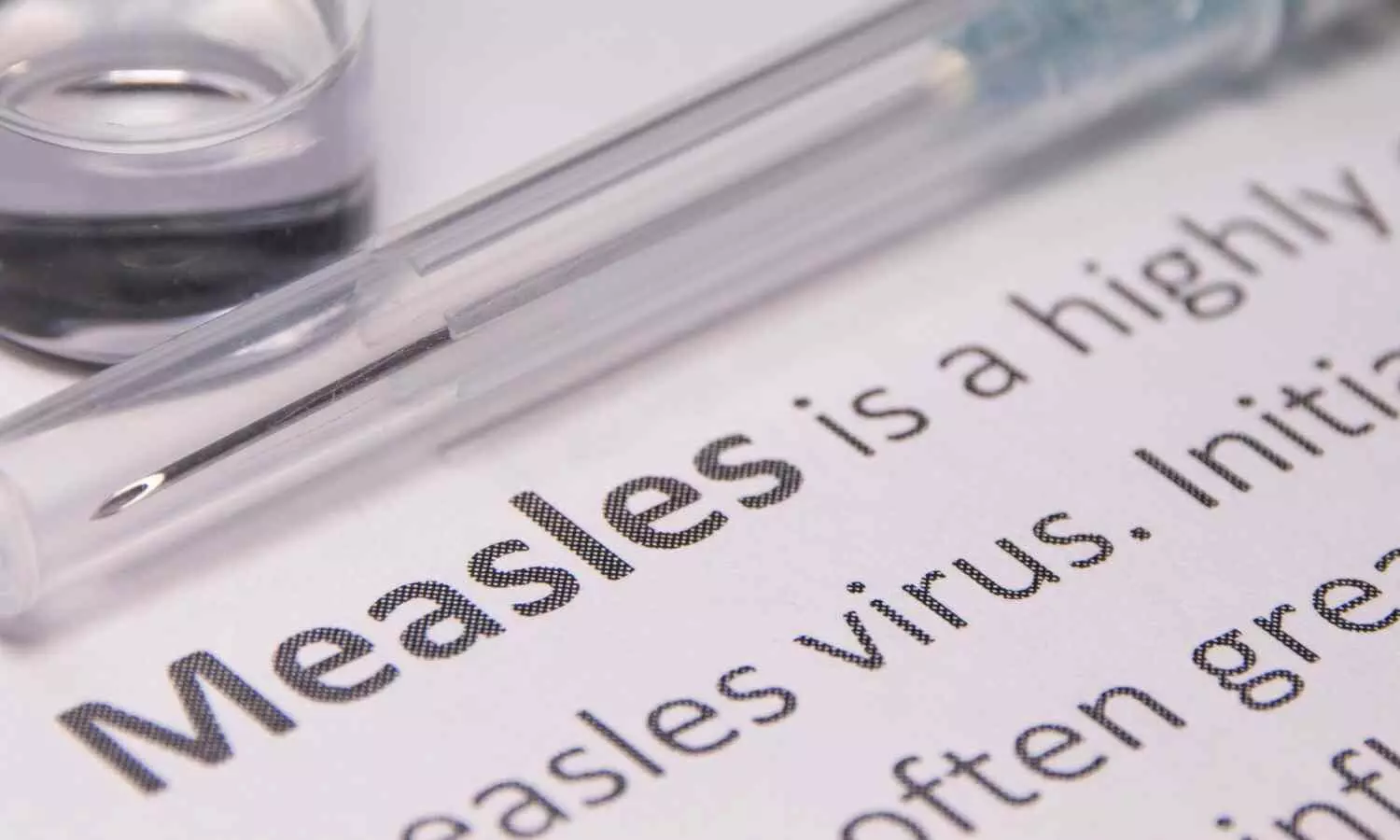Commonly used alcohol-based mouthwash brand disrupts balance of oral microbiome, scientists say

The oral microbiome is the community of bacteria that live in the mouth, they help us digest our food and keep our mouth healthy. Changes to the composition of the oral microbiome have been linked to periodontal diseases and some cancers.
The research, published in Journal of Medical Microbiology is a follow-up to a larger study investigating the use of mouthwash as a method to reduce the transmission of sexually transmitted diseases in men who have sex with men. Researchers wanted to explore further and investigate whether the mouthwash used had an impact on the oral microbiome of the patients.
Researchers from the Institute of Tropical Medicine in Antwerp, Belgium found that two species of opportunistic bacteria were significantly more abundant in the mouth after three months of daily use of the alcohol-based mouthwash, Fusobacterium nucleatum and Streptococcus anginosus. These two bacteria have been previously linked to gum disease, oesophageal and colorectal cancers. Researchers also saw a decrease in a group of bacteria called Actinobacteria which are crucial contributors to the regulation of blood pressure.
Dr Jolein Laumen, first author of the study and researcher at ITM’s Unit of Sexually Transmitted Infections said:
“Alcohol-based mouthwashes are widely available. The public may use them daily to tackle bad breath or prevent periodontitis, but they should be aware of the potential implications. Ideally, long-term usage should be guided by healthcare professionals”.
Professor Chris Kenyon an author of the study and Head of the Unit of Sexually Transmitted Infections said:
“Up to half of men who have sex with men report using mouthwash for oral hygiene. This study adds to the literature that this is likely having an adverse effect on their oral microbiomes”.
While the results link the daily use of alcohol-based mouthwash to alterations of the oral microbiome, researchers are reluctant to draw substantial conclusions from the data. Information on dietary habits and smoking was not collected so researchers were unable to account for this in the analysis. As the small sample group was taken from the initial study, the results of this study may also not be representative of the population as a whole. Further research should examine how the detected changes affect clinical outcomes on larger and more representative sample groups.
Reference:
J.G.E. Laumen, C. Van Dijck, S.S. Manoharan-Basil, T. de Block, S. Abdellati, B.B. Xavier, S. Malhotra-Kumar and C. Kenyon, The effect of daily usage of Listerine Cool Mint mouthwash on the oropharyngeal microbiome: a substudy of the PReGo trial, Journal of Medical Microbiology, https://doi.org/10.1099/jmm.0.001830
Powered by WPeMatico



















